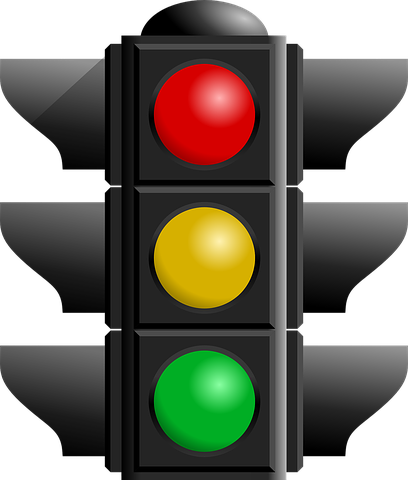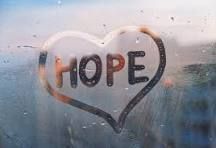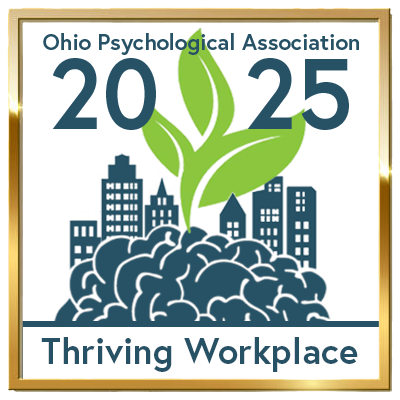In a perfect world, parents would have started the difficult conversations regarding appropriate and inappropriate sexual behavior with their child before reaching double digits. As youth approach the middle school years, hormonal changes combined with technology can lead to not only curiosity but behavior that can lead to a youth being in trouble with the law.
In part one of this two-part blog series, C&A’s Sexually Inappropriate Behavioral Remediation (SIBR) team of Dr. Emma Farkas and Dr. Seandra Walker discussed what is sexually appropriate behavior for children ages 5 to 9, using the Traffic Lights Framework. Using the Traffic Light framework, green represents normal, safe and healthy behavior; yellow indicates behaviors that are concerning and can be risks to health, safety and relationships; and red exhibits actions that are problematic, harmful and abusive behaviors.

For adolescents ages 10 to 13, Dr. Farkas and Dr. Walker explained healthy sexual behavior for males and females as their body changes and develops.
- Appropriate behavior for this age group is masturbating in private; accessing information about sexuality; sexual conversations or use of humor/obscenities with peers.
- Behaviors that may start to be concerning would be accessing pornographic material; sexual activities with unknown peers; and persistent expression of fear of STI/STD or pregnancy.
- Actions that may be problematic or harmful include engaging vulnerable others in a process to gain sexual activity (i.e., grooming); force or coercion of others in sexual activity; sending/publishing sexual images of self or others.
Adolescents in intermediate/middle school start to become more curious either seeing pictures at home, in magazines or receive texts (sexting) from a friend.
Dr. Farkas said, “sexting with or without nude photos or videos is illegal for minors (for both those sending and those receiving) and pornography can be illegal in certain circumstances. Regardless of legality, viewing pornography has especially harmful effects for children and adolescents. Curiosity is normal; we encourage parents to welcome questions and provide developmentally appropriate and educational responses.”
In addition to the warning signals listed above, here are few additional signs parents should keep in mind.
Green light behavior would include additional need for privacy; viewing materials for sexual arousal; interest in participating in 1:1 relationship with a similar peer; and sexual activity with a partner of similar age.
Yellow light behavior is persistent masturbation; explicit sexual talk, art or play; accessing
pornographic material; marked changed in behavior (adult flirting) and mutual oral/intercourse with known partner of similar age.
Red light behavior includes compulsive masturbation; oral sex/intercourse with person of different age group/ability/peer group; sending/publishing sexual images of self and others; arranging face-to-face meetings with online acquaintance; sexuality activity for money; and processing, accessing and sending child exploitation material.


An adolescents first relationship
As youth enter the middle school setting, adolescents often get into their first relationship. Over time, the concept of a first love has remained the same but dating and communicating has changed. Here are some guidelines for appropriate relationships.
Green light behavior would be a 1:1 relationship with a peer of similar age/developmental level; sexual activity with a partner of similar age/developmental level (making out); use of internet in relationship in peers.
Yellow light behavior may or may not be “totally normal” for this age group. These behaviors include markedly changed behavior (adult flirting behavior); persistent sexual talk or sexual activities with unknown peers (making out); mutual oral/intercourse with known partner.
Red light behavior regarding dating would be unsafe and include engaging vulnerable other in a process to gain sexual activity (grooming); forced or coercion of others in sexual activity; oral sex/intercourse with a person of different age/developmental level; presence of STI/STD/pregnancy.
How do parents have conversations about their child’s gender identify or sexual orientation?
As adolescents become sexually active, some youth start to question/explore their gender or sexual orientation. When youth begin to go through this process, there is a fear factor of how others will perceive them. Here are some tips for parents to provide a safe zone.
“Many times, children do not open up to their parents because they are fearful of being rejected or judged,” wrote Dr. Farkas. “The most important aspects of creating a safe and open line of communication with your child are listening without judgment and asking questions to gain a better understanding.” (Please see attached sheet)
Child and Adolescent Behavioral Health (C&A) provides a Healthy Sexuality Group for youth ages 12 to 17. Currently, C&A does not offer a group for children under age 12 but C&A can provide consultation with a clinician in our SIBR program to review the Traffic Light modular to see if a child needs to work with a trauma-informed, child-based therapist that is competent in this area.
If your child is displaying signs that the child is engaging in inappropriate sexual healthy behaviors, please call 330.433.6075.
*This completes C&A’s series on healthy sexual behavior for children up to age 13. Part two of the series will focus on healthy sexual behavior for youth ages 10-13. C&A’s expert clinical staff in our Sexually Inappropriate Behavioral Remediation department provided information for this post. Program Manager Dr. Seandra Walker has four years of clinical experience treating clients with inappropriate sexual behavior and Dr. Emma Farkas has three years of experience in the field.
RECENT POSTS












